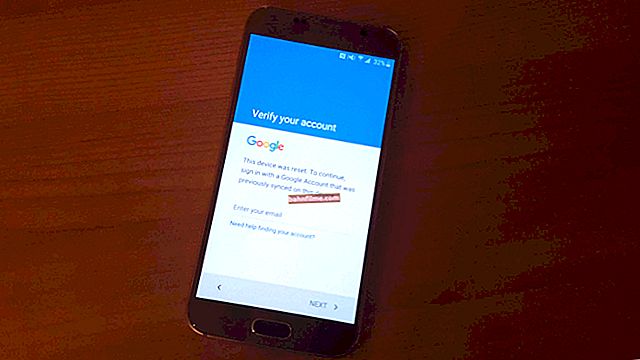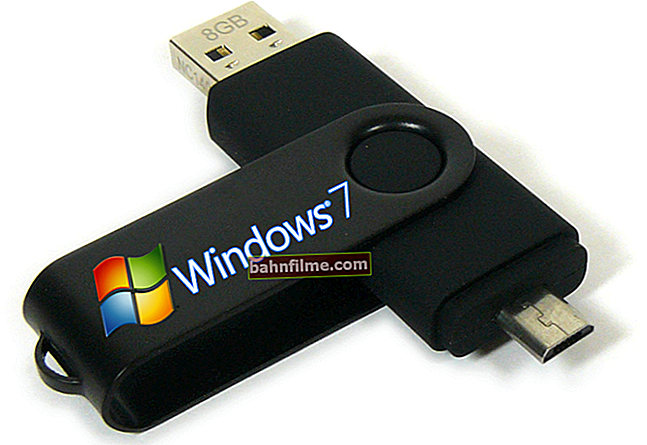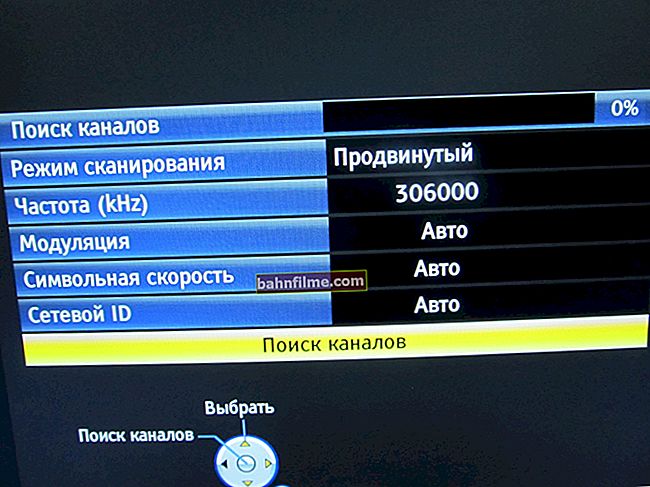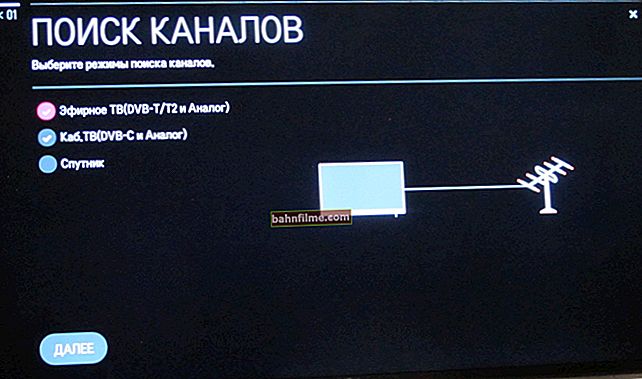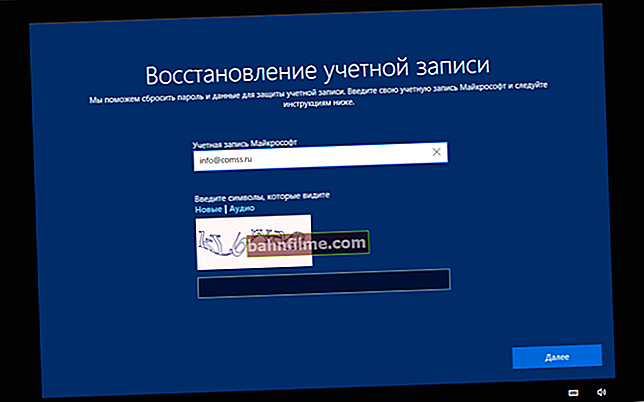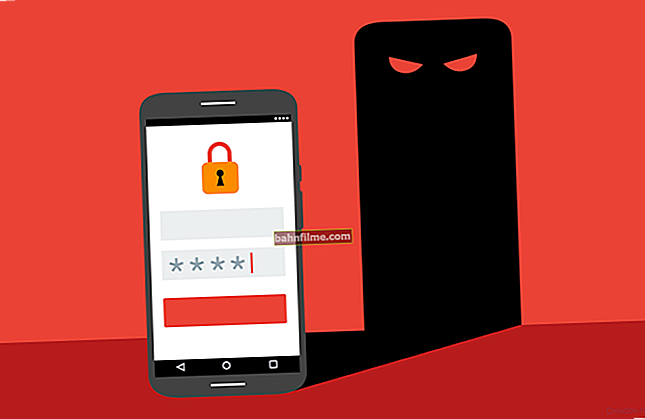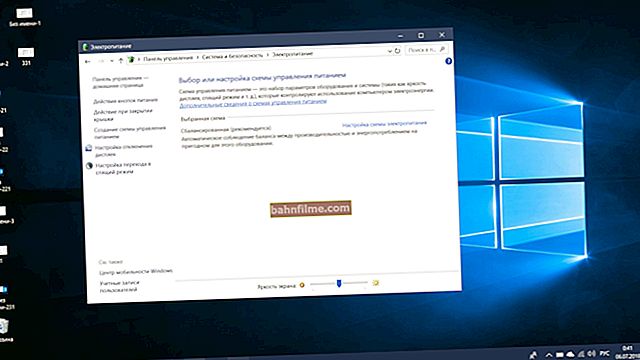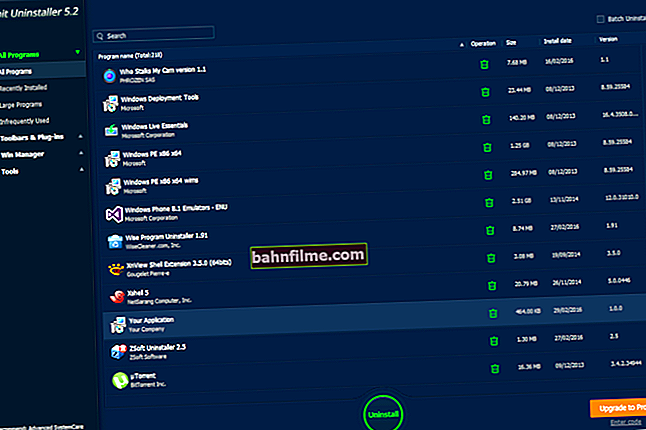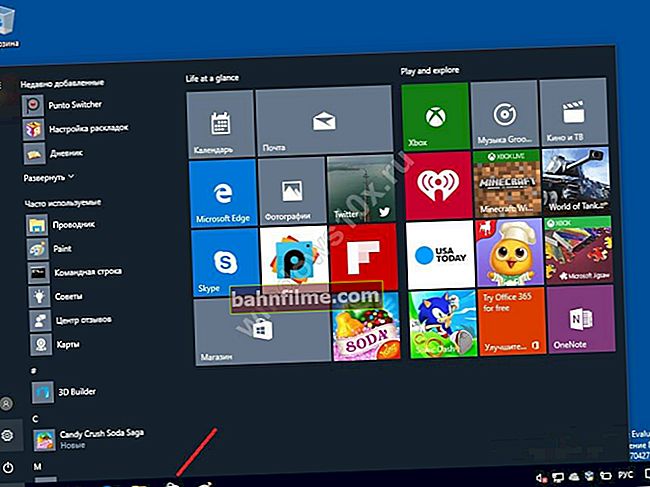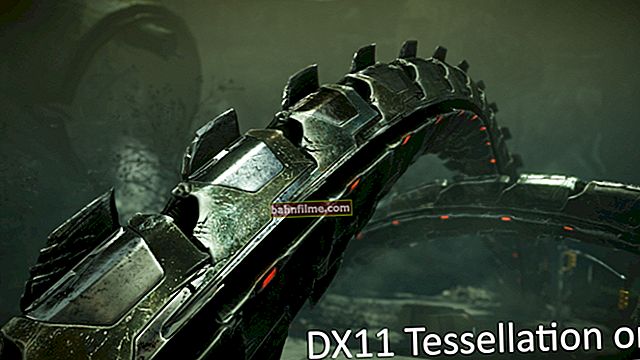 Good day everyone!
Good day everyone!
From time to time, I sometimes receive questions about checking the bootable USB flash drive: did it work, can it be used? ..
In general, I should immediately make a note that the best way to check is to make sure of this in practice: configure the BIOS / UEFI accordingly (more on this) to boot from a USB flash drive, install the recorded version of Windows, and work a little in it.
The fact is that in some cases errors can occur both during the installation of the system and after that. Agree, you are unlikely to be able to use the OS if it has blue screens from time to time ...
Generally, below are some tips on how you can check whether the recorded USB flash drive is bootable, and whether the computer can start installing Windows from it ...
👉 Help!
How to create a bootable USB flash drive for Windows 10 under UEFI or BIOS - //ocomp.info/sozdat-zagruz-fleshku-v-rufus.html
*
Checking a bootable USB drive
Method 1
Perhaps the most reliable way (as I said above) is to connect the USB flash drive to the USB port, restart the computer (laptop) and open the Boot Menu (boot menu). If the USB flash drive is bootable, you will see it in the menu list, and you will have the opportunity to select it and start downloading.

Boot Menu - choose a flash drive to boot
Simple, fast, reliable ?! 👌
Method 2
One of the most popular programs for preparing and creating installation (bootable) flash drives WinSetupFromUSB also allows you to test and check their performance (does Windows boot from them?).
To do this:
- connect the USB flash drive to the USB port;
- run WinSetupFromUSB and select the connected drive from the list;
- check the box that you need "Test in QEMU" ;
- press the button "GO" .

WinSetupFromUSB - USB flash drive check
After that, the program will automatically recreate the "real" operating conditions of the flash drive and try to boot the OS from it. If everything is in order with the drive, you should see the Windows logo appear (as I have in the screenshot below).

Loading went - working flash drive (WinSetupFromUSB)
Method 3
MobaliveCD is a free software for checking bootable ISO images and flash drives. Allows literally in 2-3 mouse clicks to see how the installation flash drive will behave: whether a boot menu appears, whether the OS starts, etc.
Note that MobaliveCD does not need to be installed, but you need to run it as an administrator (for this, just click on the downloaded file with the right mouse button ... See the screen below).

Run as admin
The main menu of the program is extremely simple:
- if you need to check the ISO image from Windows - click on the button "Run the LiveCD" ;
- if a USB flash drive - a button "Run the LiveUSB" (example below).

MobaLiveCD - flash drive test
Further, as a rule, you need to specify either the letter with the flash drive (or the location of the desired ISO file). Note that the program may ask you to indicate where to save its image (used for the test) - specify any of your disk (later this temporary file can be deleted).

USB drive letter selection
Actually, if everything is in order with your bootable flash drive, the Windows logo will appear (installation has begun ...).

Loading went
Method 4
There are specials. programs that virtually recreate a computer in your Windows (called virtual machines). In such a virtual machine, you can install, for example, your old version of Windows 2000 and work in it without leaving your current Windows 10. Looking at the screenshot below, I think it will become clearer ... 👇

In Windows 10, a Windows XP virtual machine window is open (example, what is in question)
Of course, the virtual machine helps a lot. wholly check the bootable USB drive: i.e. you will be able to see not only the installation process from it, but also the operation of the OS later (there will / will not be errors)! In my opinion, this is one of the most reliable options!
In general, the topic of configuring a virtual machine is quite large, so if you are interested, see the article, the link to which is given below.
👉 To help!

How to start old Windows on a new operating system: setting up a VirtualBox virtual machine - //ocomp.info/kak-zap-staruyu-windows-virtualbox.html
Question: how to see if the bootable flash drive was written to work from under UEFI or BIOS?
Firstly, pay attention to the parameters of the program in which you create a bootable USB flash drive. For example, in Rufus, when creating a flash drive, you manually specify the target system: BIOS or UEFI ...

RUFUS - creating a USB flash drive
Secondly, try to enter the boot menu (when you turn on the laptop PC) and see if your system sees the USB flash drive (if you have UEFI, "UEFI:" will be lit in front of your flash drive, see the screen below). This is a fast and reliable way to find out the type of flash drive ...

Example of a boot menu / ASUS laptop
Thirdly, try opening Disk Management (this is a built-in utility in Windows). Most often, the FAT32 file system is used in UEFI flash drives.

File system
You can also open the property of the drive (note that you need to right-click the "disk" menu).

Disk properties
In the tab "Tom" there can be 2 types of section:
- The Master Boot Record (MBR) is a flash drive under the BIOS;
- The table with the GUID of the partitions is a USB flash drive for UEFI.

MBR (left) - GUID (right)
*
That's all for now ...
Additions in the comments are welcome.
👋
